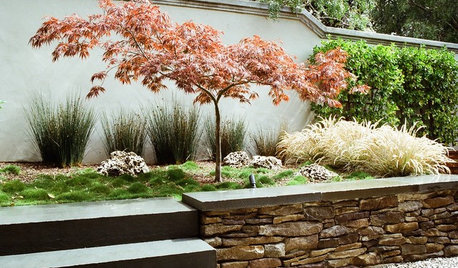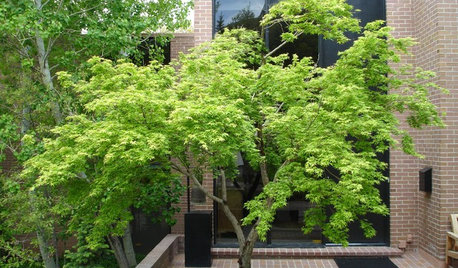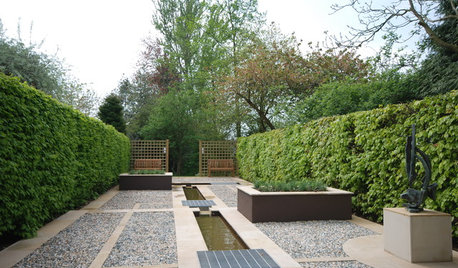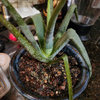Advice on pruning Japanese maple crossed branches
tillygrower
12 years ago
Related Stories

TREES11 Japanese Maples for Breathtaking Color and Form
With such a wide range to choose from, there’s a beautiful Japanese maple to suit almost any setting
Full Story
TREESGreat Design Plant: Coral Bark Japanese Maple, a Winter Standout
Go for garden gusto during the chilly season with the fiery red stems of this unusual Japanese maple
Full Story
GARDENING GUIDES12 Japanese Maples for a Sunny Garden
The right maple in the right place shines in hot summer sun
Full Story
GARDENING AND LANDSCAPINGGreat Design Tree: Japanese Maple
Lacy form and fiery fall color make Japanese maple a welcome tree for garden or patio
Full Story
GARDENING GUIDES13 Japanese Maples for Shade
A surprising variety of these understory trees is waiting to make a statement in your shade garden
Full Story
WINTER GARDENINGPruning Secrets for Exquisite Roses
Encourage gorgeous blooms year after year with this time-tested advice on how to prune your rosebush in winter for health and shape
Full Story
DECORATING GUIDES10 Design Tips Learned From the Worst Advice Ever
If these Houzzers’ tales don’t bolster the courage of your design convictions, nothing will
Full Story
GROUND COVERSNative Alternatives to English Ivy, Japanese Pachysandra and Periwinkle
These shade-loving ground covers are good for the environment and say something about where you are
Full Story
ROCKY MOUNTAINS GARDENINGRocky Mountain Gardener's February Checklist
Get smart with your seeds, strike with oil to manage pests and practice proficient pruning — your trees and shrubs will thank you
Full Story0

LANDSCAPE DESIGNHow to Create a Zen-Inspired Garden
You can get the peaceful feeling of a Japanese Zen garden in your backyard by embracing these principles
Full Story








peapod13
tillygrowerOriginal Author
Related Professionals
Accokeek Landscape Architects & Landscape Designers · Rossville Landscape Architects & Landscape Designers · Garden City Landscape Architects & Landscape Designers · Allentown Landscape Contractors · Burien Landscape Contractors · Edinburg Landscape Contractors · Pleasant Prairie Landscape Contractors · Imperial Beach Solar Energy Systems · Atlanta Window Contractors · South Laurel Window Contractors · Overlea Fence Contractors · New Haven Fence Contractors · Tavares Fence Contractors · Wake Forest Fence Contractors · La Mirada Fence Contractorspeapod13
tillygrowerOriginal Author
tapla (mid-Michigan, USDA z5b-6a)
tillygrowerOriginal Author
tapla (mid-Michigan, USDA z5b-6a)
tillygrowerOriginal Author
tapla (mid-Michigan, USDA z5b-6a)